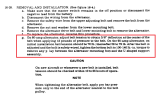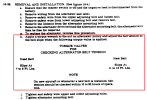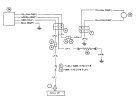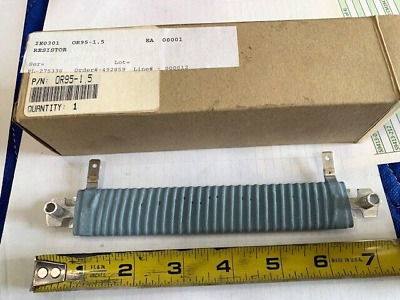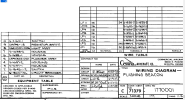Trogdor
Pre-takeoff checklist
1979ish 182 O-470 about 1000 before TBO. G3X+GTN650+GFC500 modern Garmin panel.
The problem: Every 25-30 hours, the alternator fails. Every single time. We have replaced the pulley, starter bearings, pulley assembly, two different kinds of belts, three voltage regulators, new battery, dynamically balanced the prop and yet, the alternator still fails. Two of the eight we know failed due to vibration. The last one we have just sent back to Hartzell for eval.
We took the engine into Columbia and asked them to look at the crankshaft counterweights and they said they were fine (but AFAIK didn’t caliper bushings or actually measure the weights). They also claimed that if we DID have a vibration issue it would “obvious” - I have doubts about that to be honest. I think any kind of small vibration can create harmonics and cause the rectifier to scrape.
We confirmed with Continental that our O-470 is NOT part of their SB about operating below 2.3k due to a known vibration issue with some of their motors.
Does anyone have any recommendations or have heard of O-470 eating alternators for lunch every few hours? What else have we not thought of?
The problem: Every 25-30 hours, the alternator fails. Every single time. We have replaced the pulley, starter bearings, pulley assembly, two different kinds of belts, three voltage regulators, new battery, dynamically balanced the prop and yet, the alternator still fails. Two of the eight we know failed due to vibration. The last one we have just sent back to Hartzell for eval.
We took the engine into Columbia and asked them to look at the crankshaft counterweights and they said they were fine (but AFAIK didn’t caliper bushings or actually measure the weights). They also claimed that if we DID have a vibration issue it would “obvious” - I have doubts about that to be honest. I think any kind of small vibration can create harmonics and cause the rectifier to scrape.
We confirmed with Continental that our O-470 is NOT part of their SB about operating below 2.3k due to a known vibration issue with some of their motors.
Does anyone have any recommendations or have heard of O-470 eating alternators for lunch every few hours? What else have we not thought of?
Last edited:


